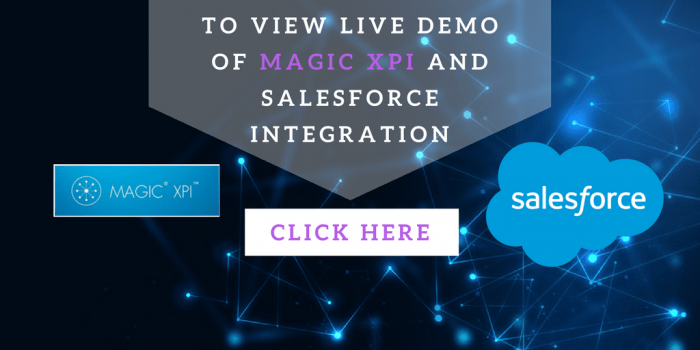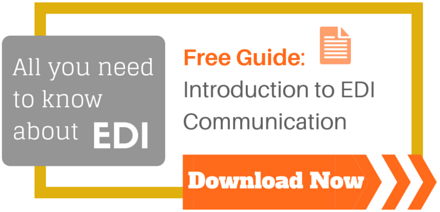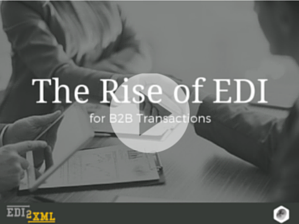Mar 2018
Salesforce is a cloud CRM solution, designed to manage customer relationships, sales, and marketing. The company was founded in 1999 in San Francisco. At that time, the existing CRM systems were quite complicated to configure and expensive to operate, therefore, only large companies could afford a CRM system. The initial idea of Salesforce was to offer CRM in the “cloud” and sell the software through an annual subscription or lease model, computed per user of the software.
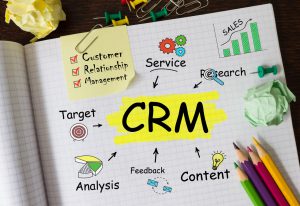 Help: What is CRM? Help: What is CRM?
CRM or Customer Relationship Management is a software system that allows your business to manage contacts, collaborate effectively, increase productivity & grow your business. It is based on the preservation and analysis of information to improve the marketing, service and business relations with your customers. |
Why Salesforce?
Salesforce CRM is provided in a “software as a service” model (SaaS). Customers receive ready-made, ready to use CRM software application, fully serviced by the provider. Salesforce is accessible in a web-based interface on a Desktop, mobile or tablet. It is also accessible via mobile devices. This offers a great number of advantages to end-users in comparison with other traditional solutions.
When opting to Software as a service, end-users get the benefits of a reduced cost associated with the initial installation and continuous maintenance of the software.
Moreover, the SaaS model reduces to the maximum the upfront investment to acquire hardware equipments where the software should be installed, along with its continuing maintenance and support.
Add to the above, the convenience to be able to access and run the software application, from any device, browser or mobile application from anywhere in the world, since it is sitting in the cloud.
Who uses Salesforce?
Salesforce CRM is the ideal solution for small and medium businesses, as well as for large organizations. More than 150,000 customers of all sizes and various industries are connecting with their customers, partners, and employees with Salesforce’s Customer Relationship Management (CRM) software.
Integration with Salesforce
Salesforce plays an important role within lots of companies of any size, however, it does not cover all the business processes an enterprise can have. Therefore, the enterprise will certainly have in place another software solutions (mainly ERP) deployed in the “cloud” or “on-premises”.
The ERP is mainly the main vehicle an enterprise uses to cover the main business processes (for example, inventory, pick, pack ship…); it is a very common scenario to find a company running a Salesforce instance in its Marketing and sales department, while running an Oracle JDE or SAP or Microsoft ERP, in the other departments.
The above scenario creates a delicate situation where the master data (i.e. customers, accounts, items, prospects…) are entered and maintained separately in each one of the software systems of the company, hence creating the need to “Orchestrate” and “integrate” data between all the above systems, in a safe and automatic manner.
What is Magic xpi?
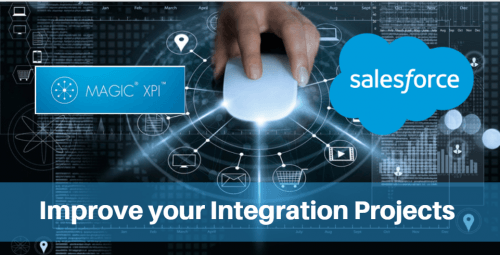 In summary, Magic xpi is a code-free, low maintenance platform that maps your company’s data, automates your business processes and connects your apps, databases, APIs and more – all on a single platform. Magic xpi is a technology proprietary of Magic Software enterprises, a NASDAQ company, present in almost every country in the world with millions of users Worldwide.
In summary, Magic xpi is a code-free, low maintenance platform that maps your company’s data, automates your business processes and connects your apps, databases, APIs and more – all on a single platform. Magic xpi is a technology proprietary of Magic Software enterprises, a NASDAQ company, present in almost every country in the world with millions of users Worldwide.
Magic xpi certified connector for Salesforce
To soften the integration challenges and allow enterprises to orchestrate and integrate data between different dispersed systems, Magic Software (MSE) the manufacturer of “Magic xpi” integration platform, built a “Salesforce connector”.
This connector eases the integration with Salesforce by discovering the objects built within the application and allowing the user to build mapping between source and destination, visually with a simple drag and drop process, without the need for extensive development and programming skills.
Moreover, MSE went farther into certifying this connector with Salesforce themselves, to add to it the stamp and approval of Salesforce.
Salesforce API or Magic xpi?
The answer to this question is that using Magic xpi as a backend integration platform, will eliminate the need for point-to-point integration between Salesforce and any system or API.
Add to it, the agnostic nature of Magic xpi, makes any integration from Salesforce to any other system similar in nature: You always do things the same way, without any coding.
I invite my readers to click here in order to download Magic xpi product sheet, in order to know more about this great integration platform.
Improve your integration projects
If you need more information or help in determining your need in Salesforce Integration, please click on the below image to contact our integration team and feel free to request a free demonstration of Magic xpi platform integration with Salesforce.

